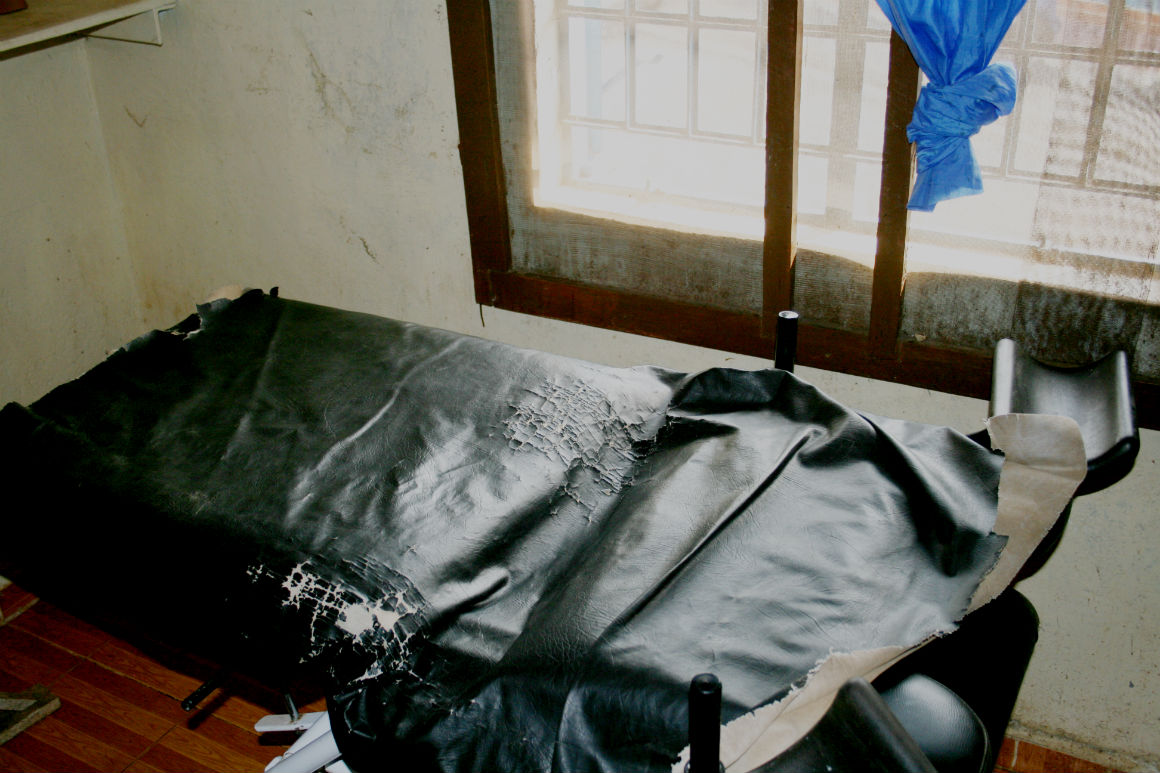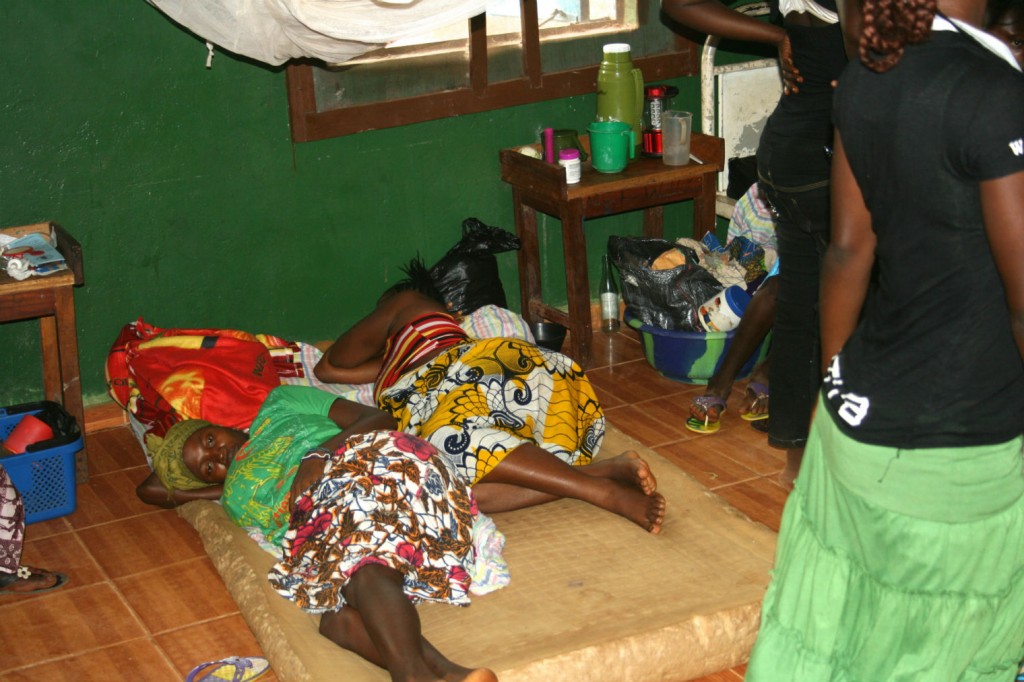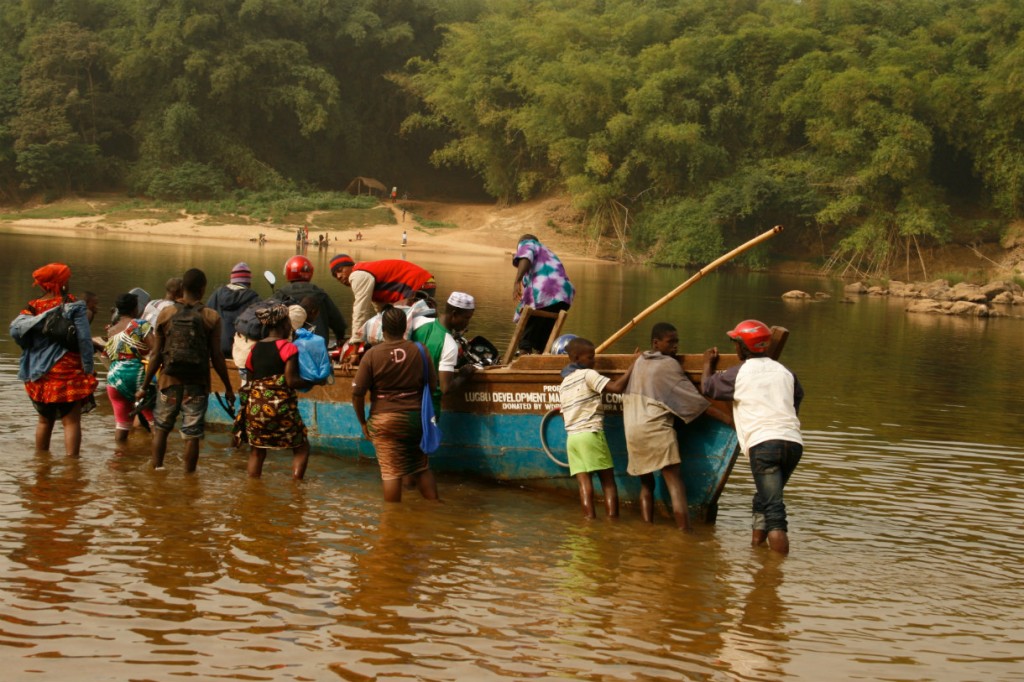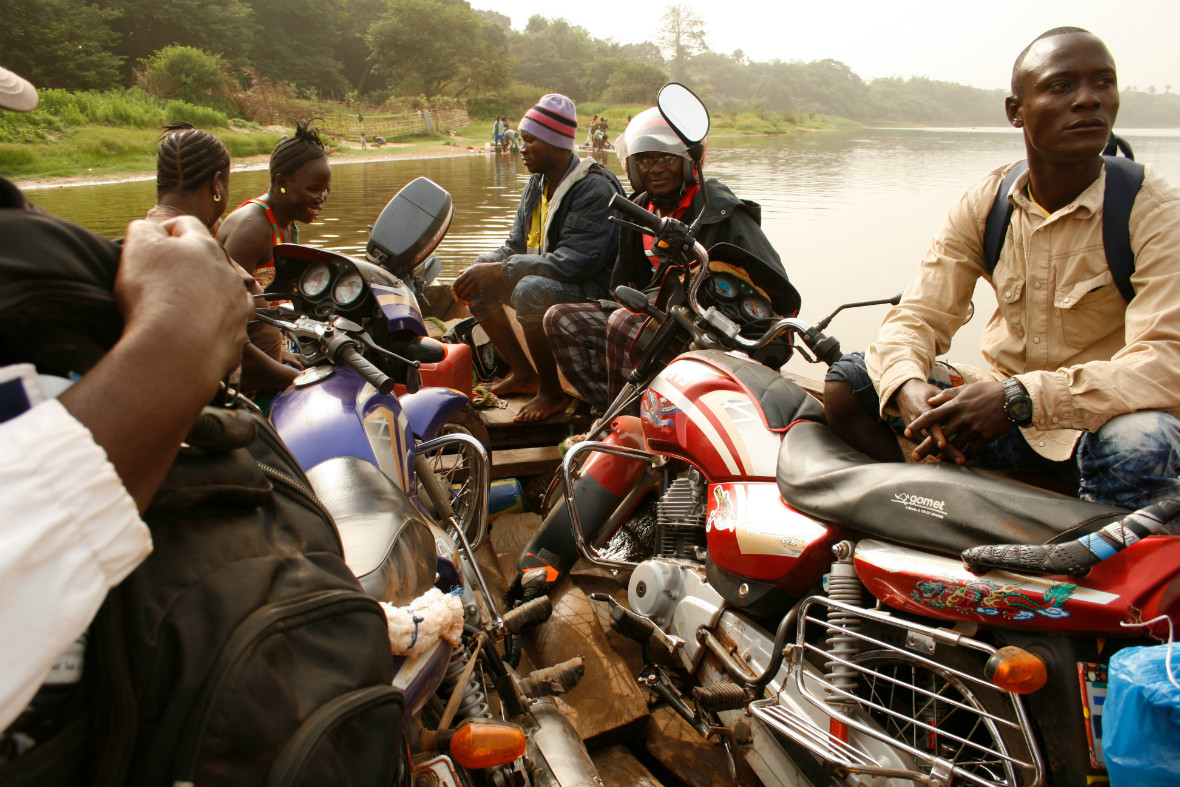Of the scores of photos I’ve taken in Africa, there is one that stays with me. It is a photo of the labour and delivery bed in the clinic in Sumbuya, Sierra Leone.

The leather itself seems anguished–worn in places–torn in others. If you look closely enough you can almost hear the voices of the countless women who’ve laboured here. In an adjoining room women labour on the floor, surrounded by other women, children and babies who are waiting their turn to be seen by a medical attendant. The clinic itself overflows with patients, many of whom wait patiently on the verandah. Privacy is an unaffordable luxury here.

Ebola will pass and, despite the extent of the epidemic, many Sierra Leoneans will never know anyone who died from the disease. Ironically, this is not the case with something we take for granted in the developed world–childbirth. How many women die before, during or soon after giving birth? According to the World Health Organization, the lifetime risk for a maternal death from pregnancy-related causes in Sierra Leone is between 1 in 11 and 1 in 16, or roughly 1100 per 100,000 live births.
By comparison, the lifetime risk for mortality from pregnancy-related causes for Canadian women is 1 in 48,000, or 11 in 100,000 live births. Think of it this way: if you live in Canada you are not likely to know anyone who has died from a hemorrhage or hypertension in childbirth. In Sierra Leone and neighbouring west African countries it is quite possible that every woman personally knows of women (plural) who have died in childbirth.

I can’t solve the issues around maternal mortality, but I’d love to contribute to a more dignified labour/maternity environment for the women of Sumbuya. I cannot wait to hear that women will no longer have to lie on that bed.
Currently I’m initiating a project to trash the bed. I’ve asked the clinic ‘dispenser’ (there is no physician here) to source two new labour and delivery beds. Of course, as with all aid projects in Africa one initiative leads to another–we are also hoping to provide two new rooms for the clinic. One will be for admitting patients (to give the ‘admitted’ patients some privacy) and one will be a small ward with beds.
I asked my friend David if there are enough staff for a larger clinic–currently there are 4 nurses, a number of traditional birth attendants, and the dispenser. “If we have a better clinic it is more likely a doctor will come,” he says, optimistically.
Whether or not a doctor comes, I am sure the women will love to see the last of that bed. And they will….
————————–
The number of new Ebola cases in Sierra Leone is diminishing, however, the capital Freetown and Port Loko are still registering new cases. Fortunately, Sumbuya has so far been spared the Ebola epidemic. I believe this is a reflection of just how isolated Sumbuya is–like the fictional village of Liliema in my novel, Sumbuya is at the end of the road.

Unless you are traveling with a motorbike and you are prepared to load it into the ‘ferry’ to cross the river, there is nowhere else to go here.

Leave a Comment